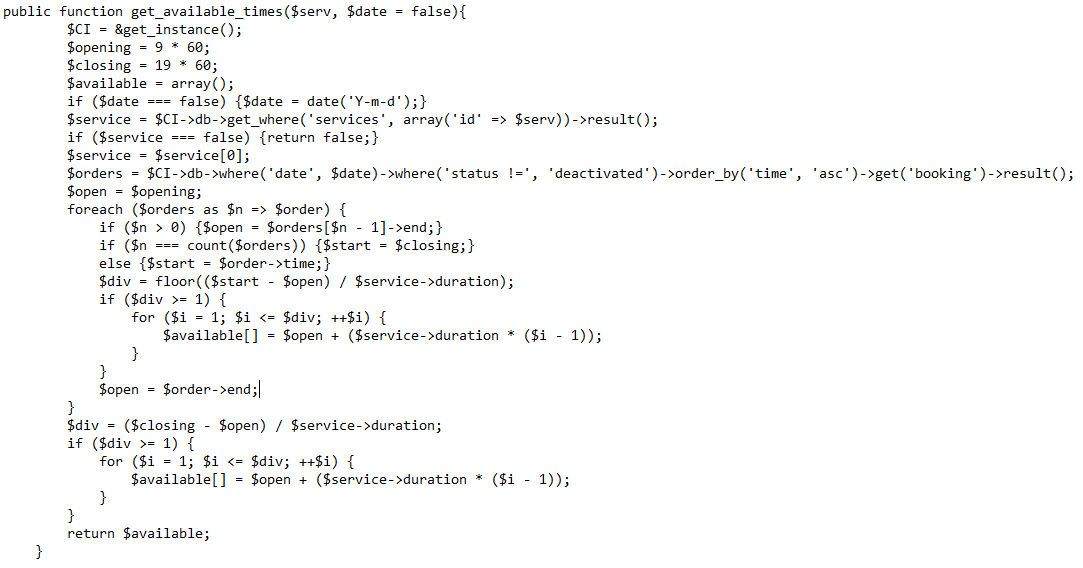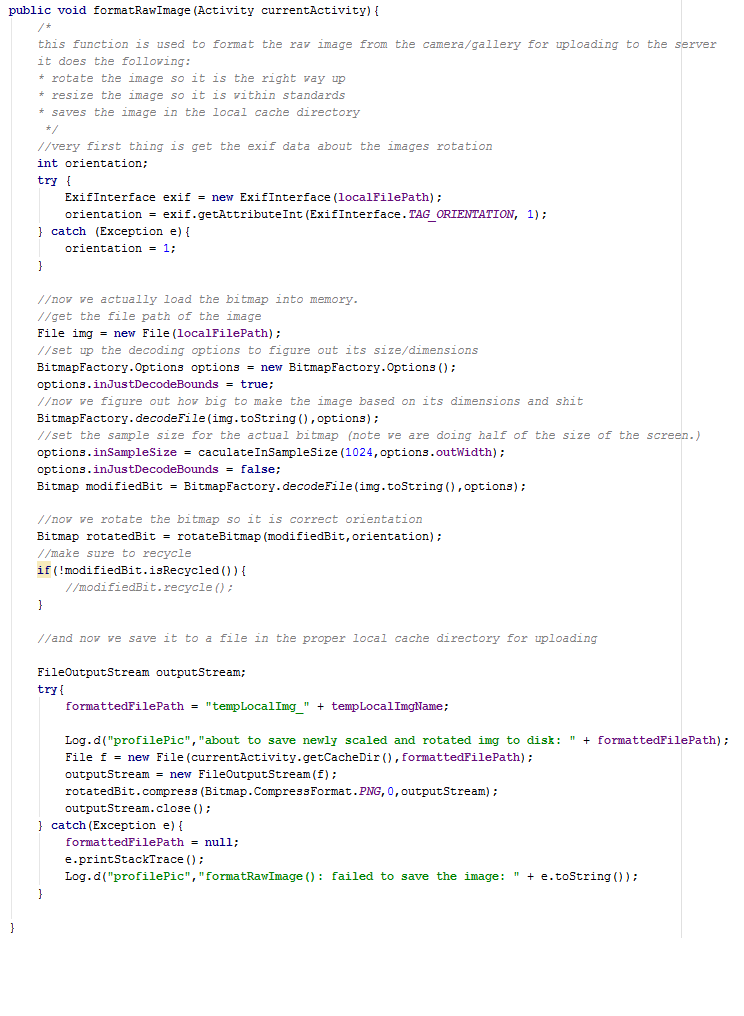So you’re running a successful business: You’re making sales and making money hand over fist.
Your customers are happy, you’re happy, everyone’s happy!
Well, for now.
Like all good entrepreneurs and business owners, you’re always looking to grow your business, build synergy with your products, and expand your offerings. In short, you want to be even more successful:
- You’re thinking about adding drop-shipping capability to your online store, but you’re not really sure how to do it.
- You’ve noticed a growing percentage of people are visiting your website but leaving with out buying anything. Whats up with that?
- The store platform you’re using has just increased their fees and you’re not sure what to do about it. Or if there even is anything you CAN do about it: They’ve got all your data!
Everything seems to be working out great for you right now, but you want to be better. You want to improve!
Its almost like the world keeps changing
One of our clients came to us with a similiar story in late 2016. A specialty food distributor, they were already very successful with their online store and were making a lot of money through their websites.
As part of an initiative to improve and grow, they had tasked one of their internal employees with figuring out how to add drop-shipping capability for their suppliers on their existing stores. Drop-shipping was a known avenue of growth that had dropped into their lap: Their distributors had actually come to them to request it. Talk about a risk free initiative!
Unfortunately, their internal employee was not qualified for the job. He was primarily a web designer, not a software engineer, and simply had never done anything like this before. It should have been simple, right?
It’s never simple.
It turns out that the online shopping cart platform they were using didn’t support drop-shipping. There was no way to add that feature!
We’re not knocking the employee. He did his best and found a solution that should have worked. They found a company based in eastern europe that offered to transfer all of their data from their current online shopping cart platform to a new one that actually did support drop-shipping.
Guess what happened next:
The transfer didn’t work. Half their data was missing! They had over 10,000 products and 5,000 were missing! Gone!
And guess who didn’t answer their calls when they tried to figure out what happened and why it went wrong.
Luckily, Creative Ape Studios was recommended to them through a mutual connection and we came in to help in late November, 2016.
The first thing we did was sit down and listen to them. This is the most important part of our job: listening. What were they trying to do? Why were they trying to do it? What have they already tried? What is the best way to help?
We wanted to make sure that we got it right.
It turns out that the project (like most large projects) had snowballed in complexity since they first started.
Now they not only needed a platform that supported drop-shipping, but they wanted to redesign their sites to be mobile friendly (a great decision, by the way: did you know that mobile phones are the fastest growing way that customers shop online?), they wanted to add several new online stores for a large new distributor contract, plus a few other requirements that their shopping platform couldn’t handle.
It was a big project.
Sometimes its best to call in the professionals
Creative Ape was there to help. Over the course of the project, we did a lot of work for our client to make sure that the job was done correctly and that they were happy:
We wrote several custom scripts to transfer their data from their existing platform to the new one. 100% of their data was transfered!
The new platform didn’t meet their design requirements for mobile displays, so we wrote a number of custom display templates to meet their needs. Now it looks great, even on mobile!
Because of the nature of their business, they had a unique situation where some of their products had different SKUs depending on which site it was being sold on. Creative Ape extended the capabilities of the new store platform to meet their needs. We made it easy for their employees to use the new system, too!
The biggest challenge was that the client wanted to minimize down time during the transition to the new store platforms, so we put together a custom training program for the client’s non-technical employees to make sure they knew how to use the new system. We made sure that everyone knew what was happening so that their internal processes weren’t interrupted.
We are very proud of how well this project went for the client (especially compared with their experience with that eastern european company): there was 0 (Zero!) downtime of their websites during the transition.
They were so happy with Creative Ape Studio’s services that they extended their original contract
They asked us to create additional websites to meet the needs of a new distributor that they had just signed with.
We are still providing basic webmaster services for them today!
Of course, we know that the problems your business faces every single day are often a lot more complicated than they may look like at first glance. And they are unique: Your business isn’t some cookie cutter shop. You’re good at what you do because you do it your way.
If your problems were easy to solve, they wouldn’t be problems.
We specialize in the more complicated projects that businesses face. Whether it is solving your problems, or helping you grow in unique ways, Creative Ape Studios will work for you.
We’re local, we’re good at what we do, and we’re here to help.
Why are you waiting?
Contact us right now if you have a problem that you need solved or if you want to grow your business. We will sit down with you, we will listen to what you need, and we will solve your problem from start to finish.
We guarantee you’ll be happy with the solution.
And if it turns out that we aren’t able to solve your problem, we will point you towards the people who can.
Contact us right now!




